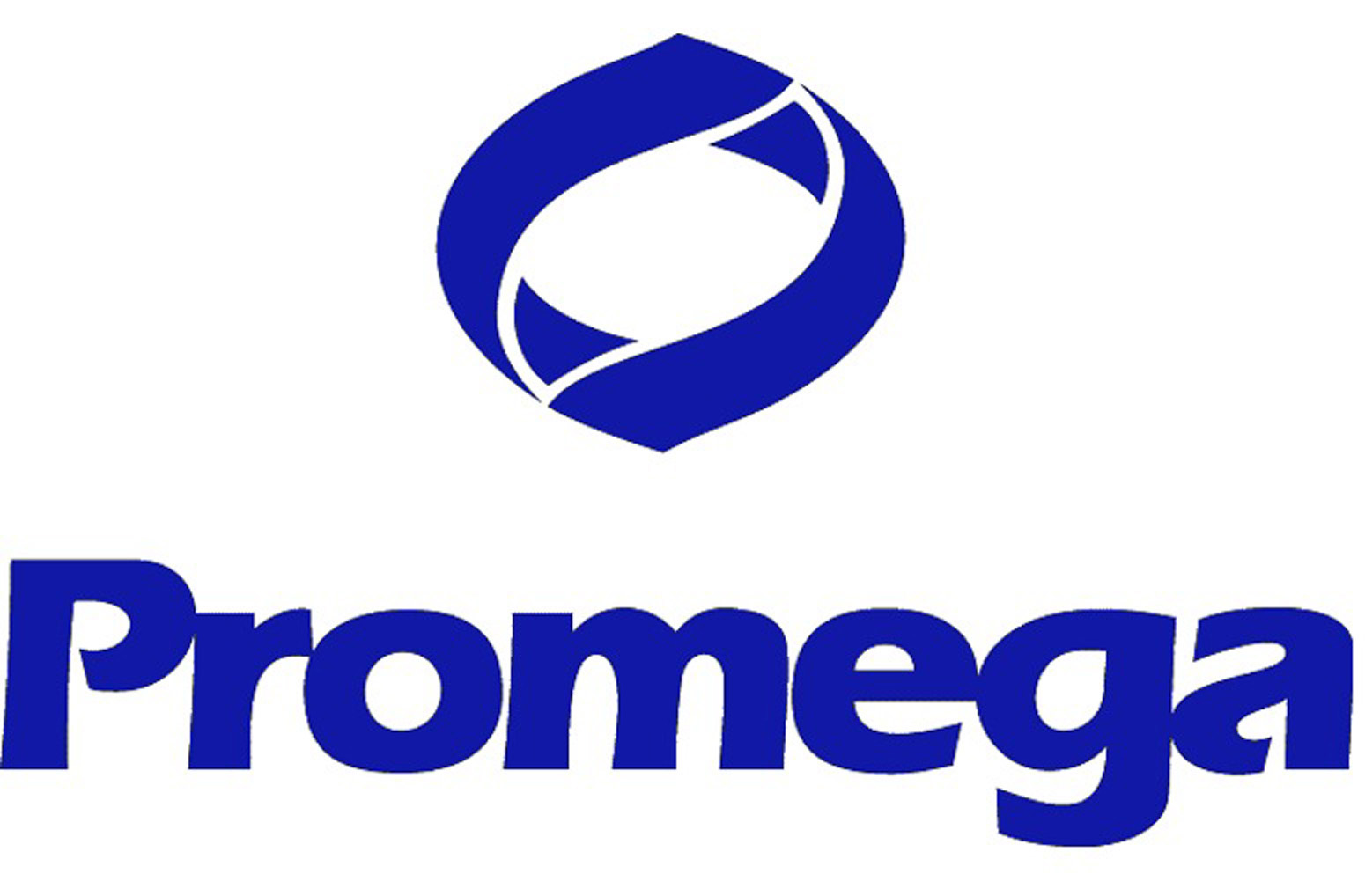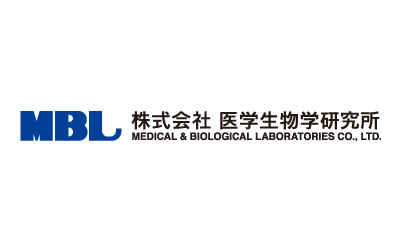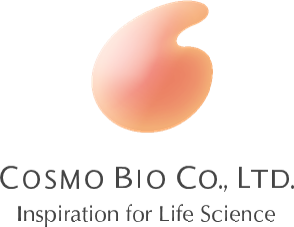Team:Nagahama
From 2014.igem.org
(→We achieve GOLD Medal Criteria!) |
(→Bronze Medal) |
||
| Line 72: | Line 72: | ||
==Bronze Medal== | ==Bronze Medal== | ||
| - | + | we share a role to accomplished project in this year. pleas look at [http://www.example.com HERE] | |
| - | + | ||
==Silver Medal== | ==Silver Medal== | ||
Revision as of 17:01, 17 October 2014
|
||||||||||||||
Contents |
We achieve GOLD Medal Criteria!
Bronze Medal
we share a role to accomplished project in this year. pleas look at [http://www.example.com HERE]
Silver Medal
Gold Medal
Abstract
Cadmium is the heavy metal which is very harmful to a creature. The pollution of cadmium brings a serious problem for natural environments. It is very important to collect this efficiently. We tried to solve this problem with recombination Escherichia coli which our team made in this year. We decided to make two kinds of recombination Escherichia coli. One traps cadmium on the outer membrane. It produces fusion protein with the heavy metal binding protein and outer membrane protein and it traps cadmium. Another collects other Escherichia coli. It produces aspartic acid of positive chemotaxis factor to Escherichia coli.
Is it necessary to distribute it to two kinds of why? We suggest the following theory for this question.
"One E. coli has One function theory"
There is the possibility that the following demerit occurs when I summarize two functions in one.The first is that the ability of the Escherichia coli situation decreases by producing multiple protein at a time.The second is that subsequent editing becomes difficult when we complete a gene cassette once. The merit in case of one kind is next. At first it is that a function becomes very simple.We can make Escherichia coli which was specialized in it by a function becoming simple. The number of Escherichia coli just leads to the level of the function, analysis becomes easy.
Experiment progress report
We finished the expression of Escherichia coli confirmation which composed aspartic acid by using thin-layer chromatography;TLC. Escherichia coli trapping cadmium is constracting plasmid now. We confirmed a chemotactic supporting experiment for aspartic acid and cadmium using non-recombinational Escherichia coli.
 "
"



